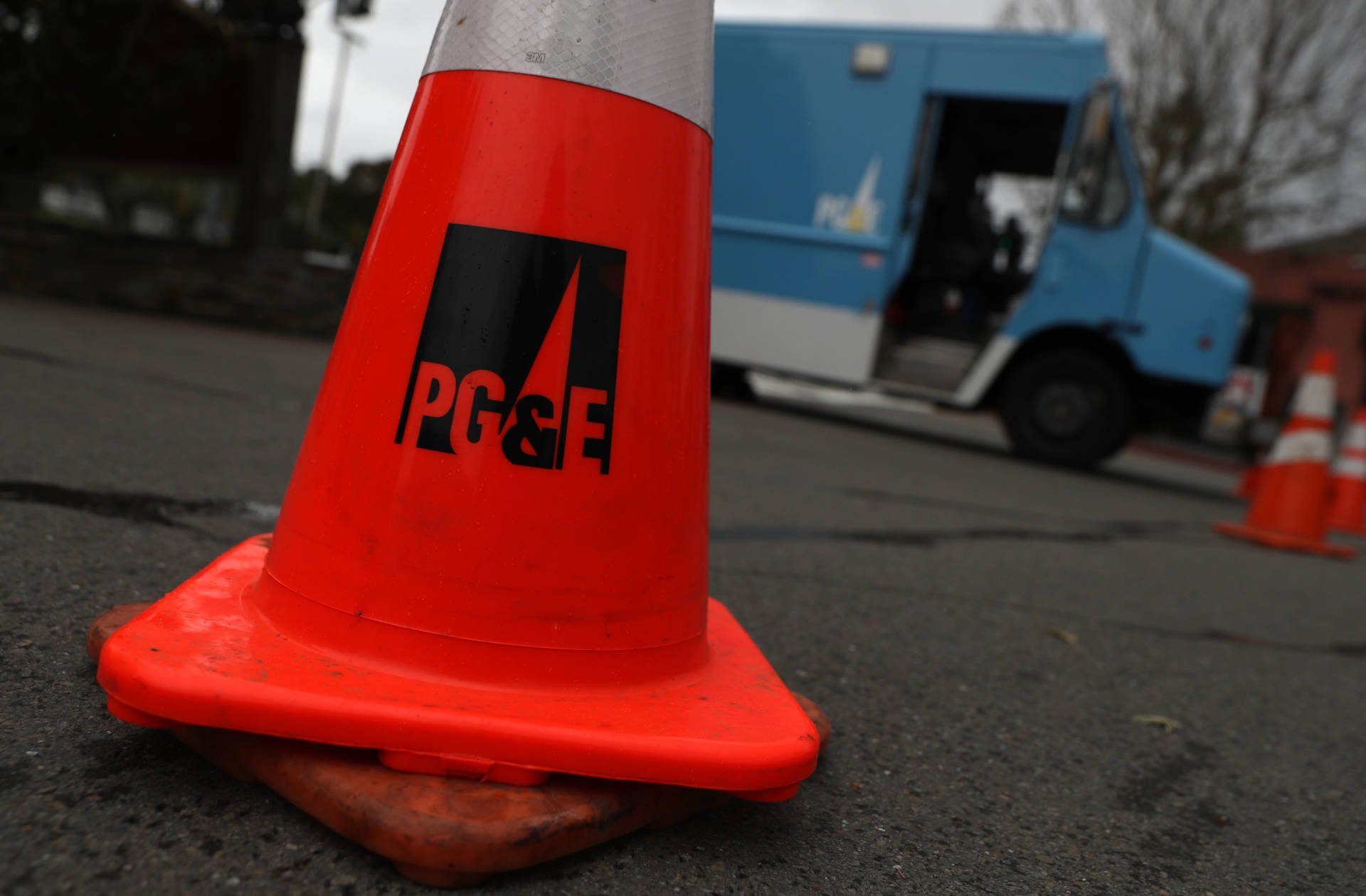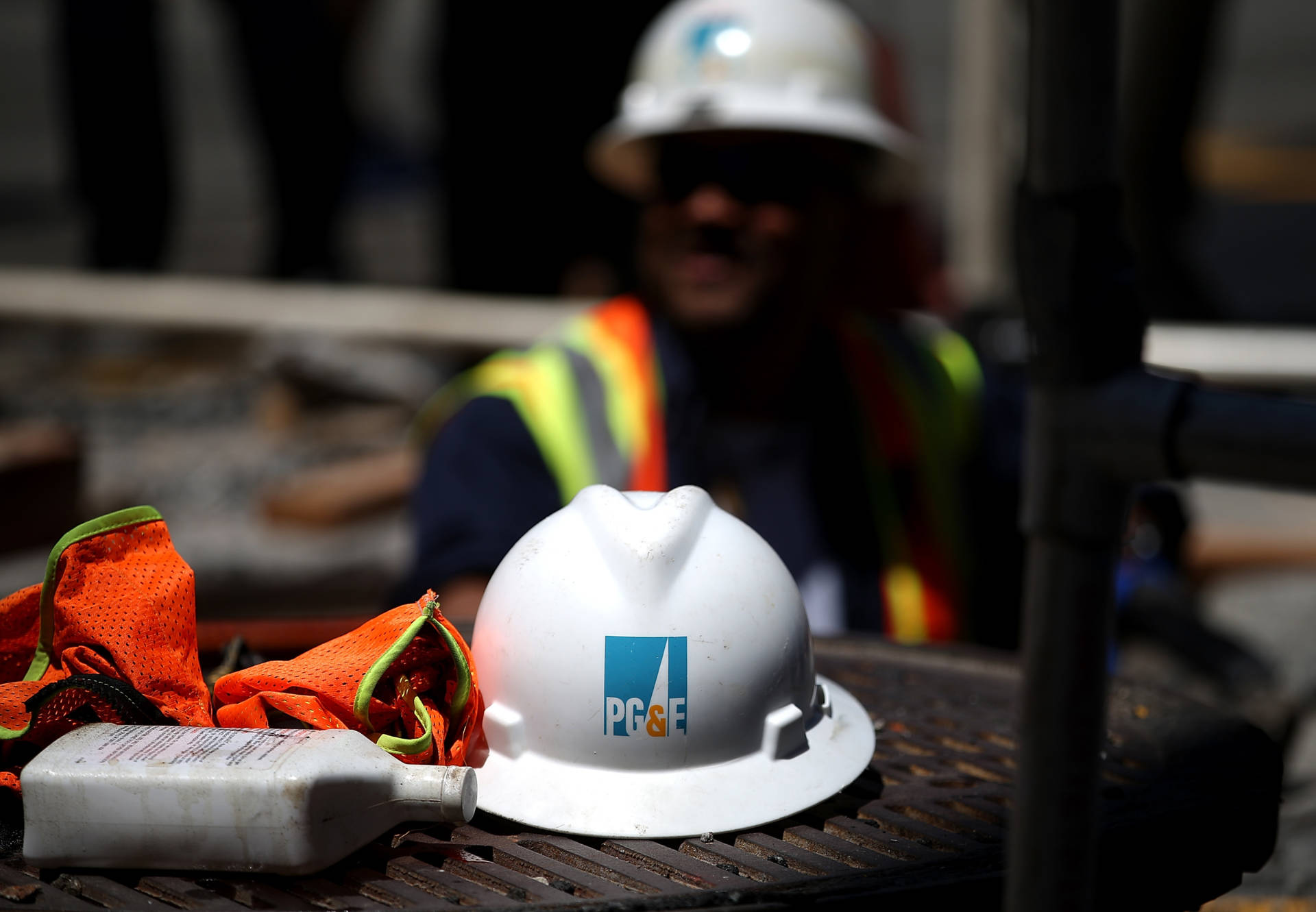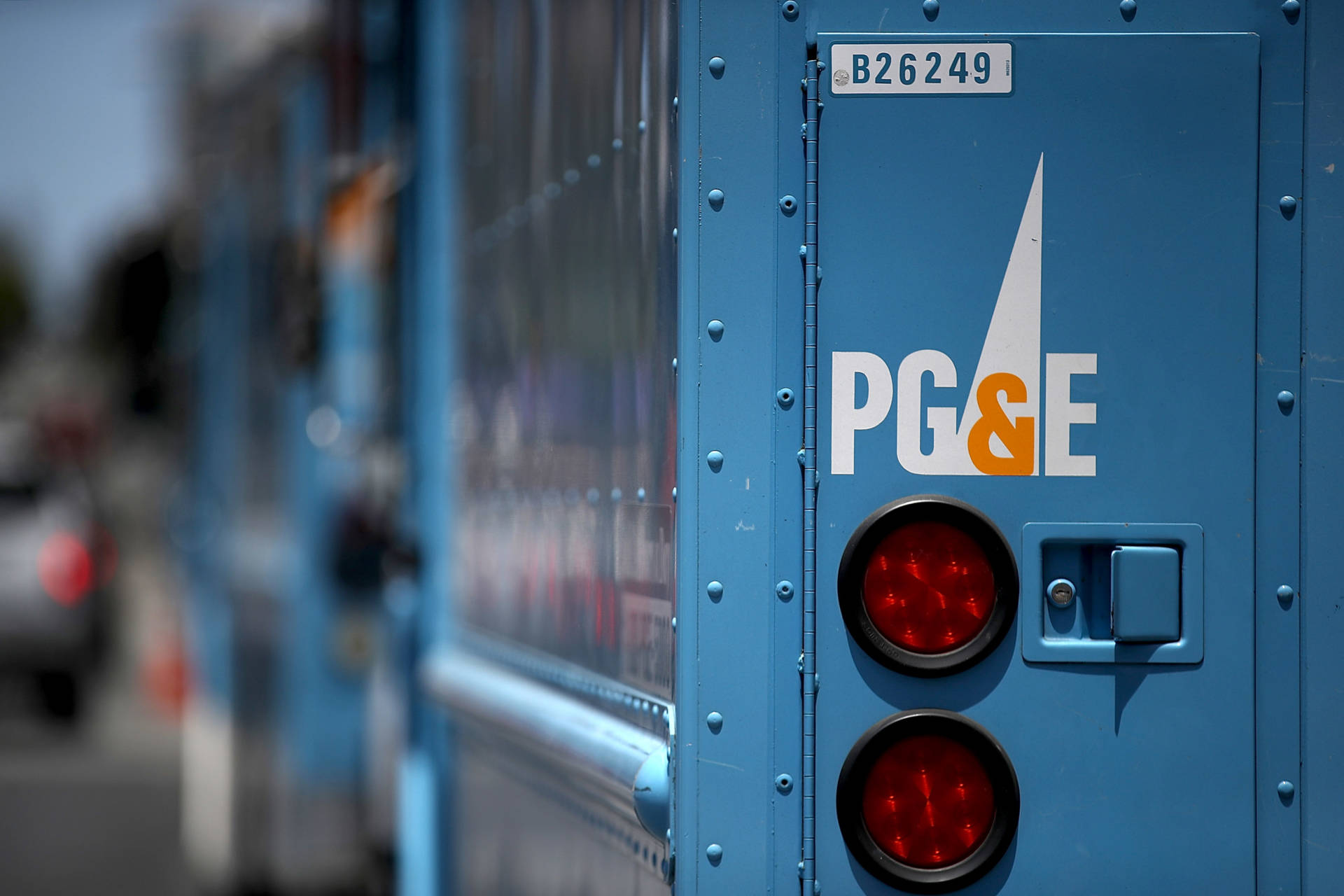Just after midnight on Tuesday, Jan. 29, Pacific Gas and Electric Corp. filed for bankruptcy. Even if you don't directly get power from PG&E, this is a big deal.
PG&E is one of the largest utilities in the United States, powering the homes and businesses of about 16 million Californians.
The bankruptcy will affect electricity rates, the state's renewable energy goals and wildfire lawsuits. It could very well change the kinds of utilities we have in Northern California. It's also going to be a very long and complicated process, so don't expect anything to change quickly.
So my power isn't getting shut off?

Nope! The lights will stay on.
PG&E filed what's known as a Chapter 11 bankruptcy. That means that it wants to reorganize the company and get rid of some debts; it's the same kind of bankruptcy that the utility filed for in 2001. And just like then, we should expect some version of PG&E to emerge from bankruptcy in several years.
You might remember the blackouts and brownouts of the 2001 energy crisis. This bankruptcy is very different. PG&E has access to the electricity it needs and customers should not see any kind of reduced service.
The utility has 120 days to announce how it wants to reorganize. There's been a lot of talk about how the utility could sell off its gas division or even parts of its energy grid.
There are also lots of laws and agencies that exist to ensure that you will still get safe and reliable power. These agencies are part of the bankruptcy proceeding, and PG&E can't make any changes to how it delivers power without their signoff.
Is anyone winning from this?

Yes. There are potentially three big winners: PG&E, big banks and lawyers.
The point of Chapter 11 bankruptcy is for a company to reorganize and get rid of debt so that it can emerge from bankruptcy as a healthy company. PG&E emerged from its previous bankruptcy as a profitable company with one of the highest rate of returns for a utility company in the country.
To continue functioning, PG&E is requesting to borrow $5.5 billion in financing from nine major banks that would allow the company to keep paying its bills. The reason these banks are willing to lend PG&E the money is because they'll be some of the first creditors to be paid back.
Bankruptcy cases also can generate hundreds of millions of dollars in fees for lawyers, bankers and consultants. A 2014 bankruptcy filing for a Texas utility yielded more than $600 million in professional fees, according to the Texas Lawbook.
Remind me, why is PG&E doing this?

This is an unusual bankruptcy because PG&E is still solvent. As part of its filing, PG&E estimated its liabilities at about $51 billion and its assets at more than $71 billion.
What PG&E doesn't have access to is credit.
That's because PG&E could have to pay out tens of billions of dollars to victims of the devastating wildfires of 2017 and 2018. But we don't know exactly how much PG&E will owe fire victims because none of those lawsuits ever made it far enough in court for any kind of settlement or verdict to be reached.
State fire officials are also still investigating whether PG&E equipment was responsible for several fires, including the Camp Fire in November 2018. So far Cal Fire has determined that PG&E equipment was responsible for 18 fires in 2017, and found that the utility broke state law in 11 of those cases. Under California state law, utilities are responsible for any damage their equipment causes, even if they weren't found negligent. However, some of those costs can be passed on to ratepayers under a controversial new bill that passed last year.
PG&E estimated that it could owe about $30 billion in liabilities in its most recent bankruptcy filing. But the company hasn't disclosed how it came to that number in filings in bankruptcy court or with the U.S. Securities and Exchange Commission. How much PG&E could owe is going to be a big debate during the bankruptcy proceeding. Some shareholders and attorneys representing fire victims say that there's no reason for the company to go bankrupt because we don't know what exactly that liability will be.
So what does all of this liability have to do with credit and bankruptcy?
PG&E's stock began to crash while the North Bay fires still raged in October 2017, and then again after PG&E told state regulators that the company had problems with its equipment just before the Camp Fire began on Nov. 8, 2018. Then, in early January, the company’s bond rating was slashed to junk status, making it prohibitively expensive for PG&E to borrow capital.
What does this mean for the wildfire survivors I know?

Bankruptcy freezes all debts accrued before the filing. That includes pending lawsuits.
There's an order to who gets paid after a company goes bankrupt. Those big banks will get paid back first. Then come secured creditors who gave loans based on physical pieces of property, like a building. Next come unsecured creditors, including bondholders (who are owed $18 billion), vendors and fire victims.
So now, even if fire victims win their cases against PG&E, it's unclear whether the corporation would be able to pay them.
Even before the bankruptcy filing by the utility and parent company Pacific Gas and Electric Corp., PG&E started skipping some payments to fire victims who reached settlements with the company in a 2015 Butte County blaze.
Are my rates going to go up?

Most experts agree that it's likely that electricity rates will go up. Ratepayers are still paying off the bond from the last time PG&E went bankrupt.
The California Public Utilities Commission is the agency that must approve rate hikes, and weeks before filing for bankruptcy, PG&E already asked the agency for a 6.4 percent electrical rate hike starting in 2020. If that were approved, it would amount to an average ratepayer increase of about $10.50 per month.
And that's before even considering the impact that bankruptcy could have. Rate increases would likely be tied to whatever reorganization plan a bankruptcy court judge approves.
Bankruptcy proceedings can result in steep legal fees, and some consumer advocates are concerned those costs will inevitably be passed on to ratepayers. PG&E may also face fines or need to borrow money as part of its restructuring plan, all of which could increase costs that ratepayers may have to shoulder.
Also, some of that liability could be passed onto consumers under a controversial bill signed by Gov. Jerry Brown last September.

